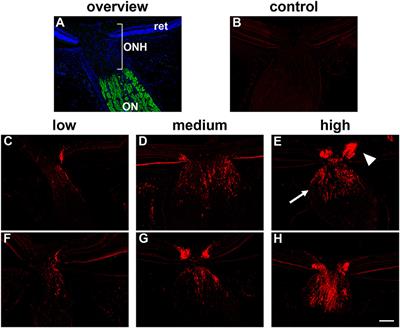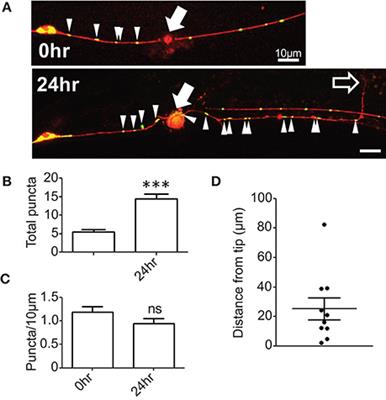EDITORIAL
Published on 23 Oct 2018
Editorial: Axonopathy in Neurodegenerative Disease
doi 10.3389/fnins.2018.00769
- 9,934 views
- 8 citations
31k
Total downloads
188k
Total views and downloads
EDITORIAL
Published on 23 Oct 2018
REVIEW
Published on 11 Jul 2018

REVIEW
Published on 17 Oct 2017

REVIEW
Published on 04 Sep 2017

REVIEW
Published on 31 Aug 2017

ORIGINAL RESEARCH
Published on 25 Aug 2017

ORIGINAL RESEARCH
Published on 24 Aug 2017

ORIGINAL RESEARCH
Published on 31 May 2017

MINI REVIEW
Published on 31 May 2017

ORIGINAL RESEARCH
Published on 10 May 2017

REVIEW
Published on 26 Apr 2017

ORIGINAL RESEARCH
Published on 25 Apr 2017
